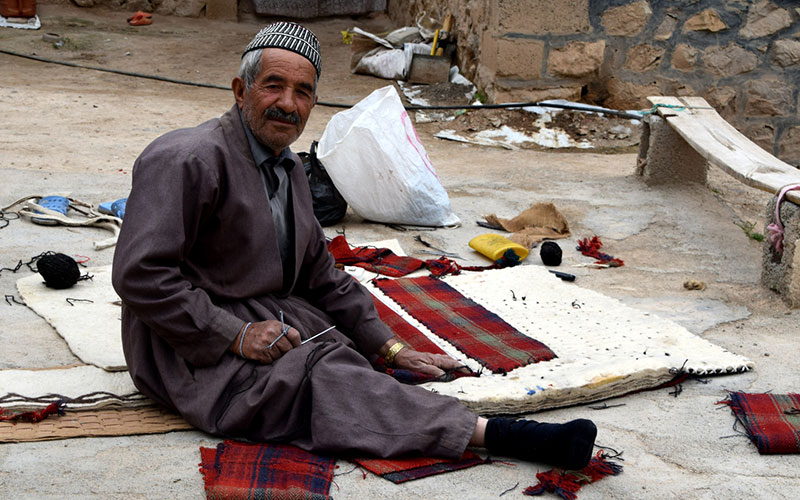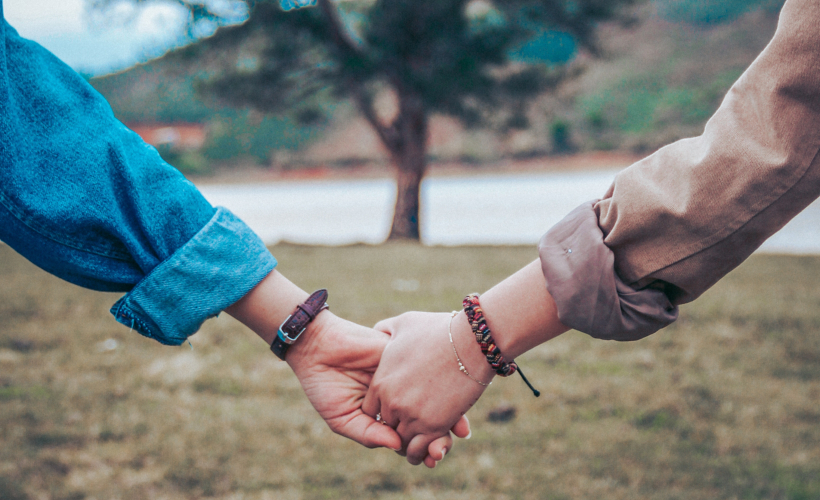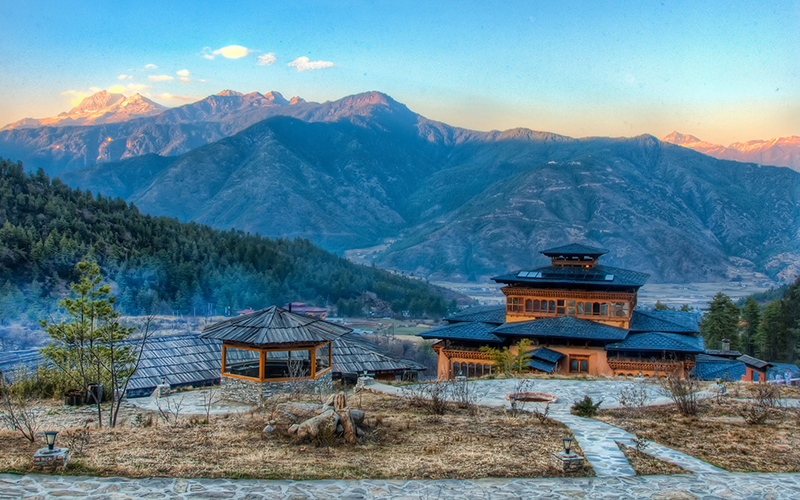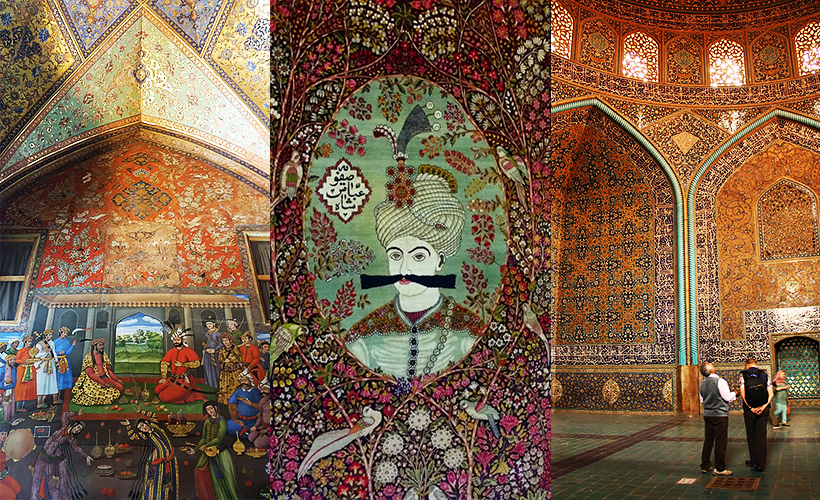
Friends have always asked me where am I travelling next, and I’m usually happy to share and talk about my next destination. But there was one destination which I was reluctant to mention for I knew the questions coming my way, given the unusual choice of country: Iran.
You must be thinking, “but… why Iran?” Typically, I would have responded cheekily, “hmm… why not?” but prior to the trip, I gave vague responses like Iran is very rich in history, architecture, and that I had a deep interest in those topics. Because I hadn’t left to experience the country yet, coupled with the oft-negative coverage in the media, I wavered a bit in explaining to my friends. Truth be told, I was curious about the country but fearful at the same time, and wondered if I had made the right decision.
However, after spending eight wonderful days soaking up rich Persian history, architecture, art, delectable food, and most of all, enjoying the generosity and hospitality of Iranians, I am able to share with great conviction that travelling in Iran was a positive experience. There are many misconceptions surrounding this misunderstood country, and every preconception I had about Iran was challenged every day of my trip.
Here are some of the common questions and myths about the land of Persia, and the reality as I experienced it.
1. Is it dangerous in Iran?
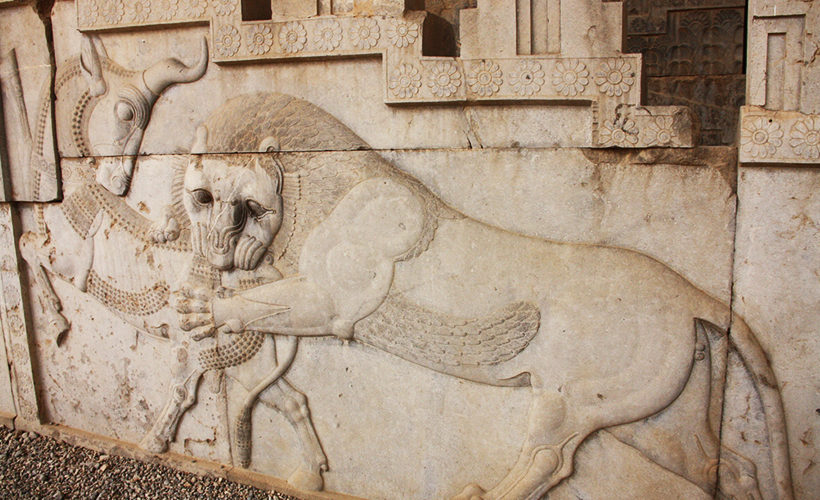
Myth: Iran borders Afghanistan and Pakistan in the east, and Turkey and Iraq in the west. Due to the geo-political instability of the Middle East, Iran is perceived to be constantly at war, and its streets dangerous with suicide bombers and angry mobs pointing and firing rifles in the air.
Reality: Iranians go about their lives just like you and me. They have jobs, they commute by car, bus or the metro. Iranian women are allowed to work and drive. In fact, the presence of women in the workplace and higher education has increased since the last decade. They have gatherings with family and friends at cafes, restaurants or have picnics at the parks. The youths hang out at the mall, shop, or go to the movies.
Sounds like the same things that we do at home, right?
As a female foreigner, I never felt threatened or unsafe walking around in the streets. Theft is rare and crime rate is low, although I would advise that you keep your wits about you and take precautions against pickpockets in crowded places – just like you would in other countries. Overall, I felt comfortable exploring on my own.
2. Do I have to wear a headscarf?
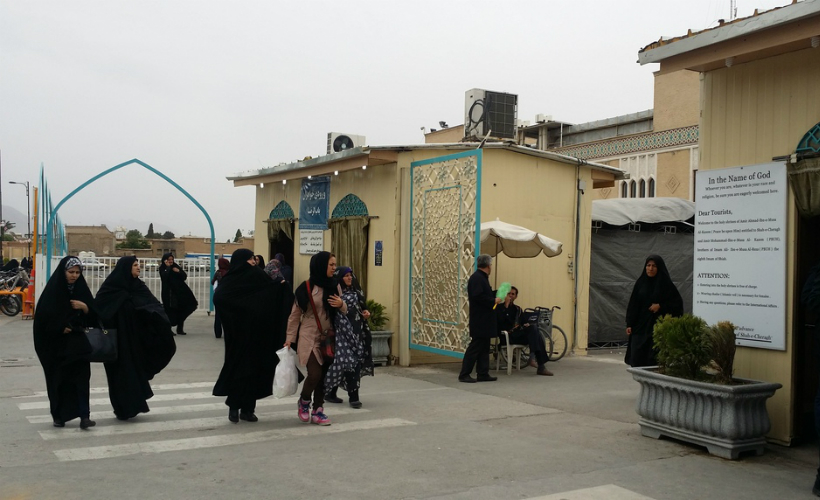
Myth: Since the 1979 Islamic Revolution, the Iranian government has made the hijab a symbol of its religious and political identity. The image of a woman wearing the black chador thus became a representation of a typical Iranian woman. Stereotypes abound that the women only wear black cloaks and are repressed.
Reality: While it is mandatory for women to wear a hijab in public and to dress modestly, it does not mean that Iranian women are unfashionable. In reality, they are fabulously chic with their brightly-coloured headscarves matching their form-fitting manteaus (long jackets) and tight jeans or leggings. They wear make-up and dye their hair. Many of them are pushing the boundaries of what is considered acceptable attire by wearing three quarter-sleeved tops or pushing the headscarves further back to show off their fringe.
When travelling in Iran, I often wore a long cardigan over my T-shirt or a three-quarter sleeve Indian kurta, jeans, ballerina flats, and a bright-coloured shawl on my head. The dress code dictates that our shirts have to be long enough to cover our butts and thighs. However, foreigners are judged less harshly than local women. Showing a bit of your fringe or neck is common but it’s still best to respect local culture and laws by dressing conservatively.
3. Are they hostile towards foreigners?
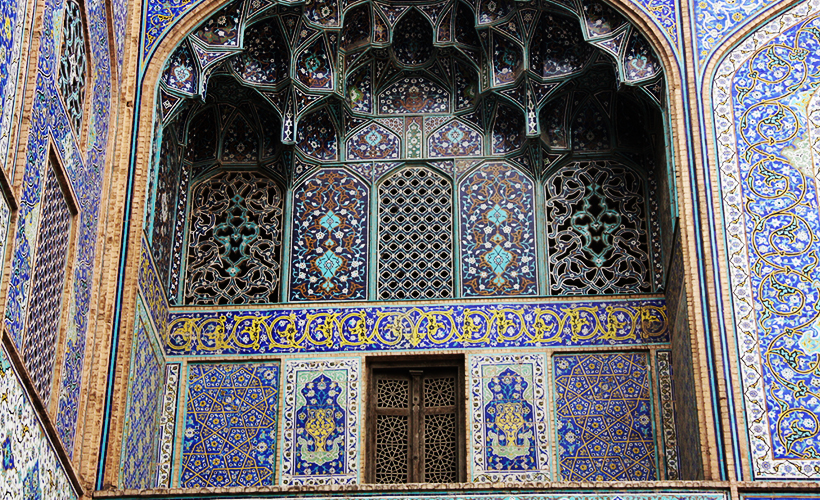
Myth: Many people assume that Iranians are hostile towards foreigners, a perception that is fuelled, perhaps, by images of the 1979 hostage crisis.
Reality: Iranians are well-mannered and soft-spoken. I love listening to them speak in Farsi; the language sounds wonderfully poetic, and the Persian culture is indeed renowned for their poetry. Because of their genteel nature, Iranians despise poor behaviour and as such, they speak gently and respectfully towards women and the elderly.
Offering hospitality is part of the Persian culture and national pride, therefore many Iranians are genuine, warm and welcoming towards foreigners. They are often curious and ask, “How do you like Iran? I hope you enjoy Iran”. I got a sense that they feel embarrassed by how their country is portrayed in international news.
One thing that amazed me was the eagerness of young Iranians to speak in English. I was approached by university students to spend a few minutes chatting in English. Although they spoke haltingly, they were very happy to have that brief opportunity, as a way to improve their proficiency in the language.
4. Is there anything to see in Iran aside from the desert?
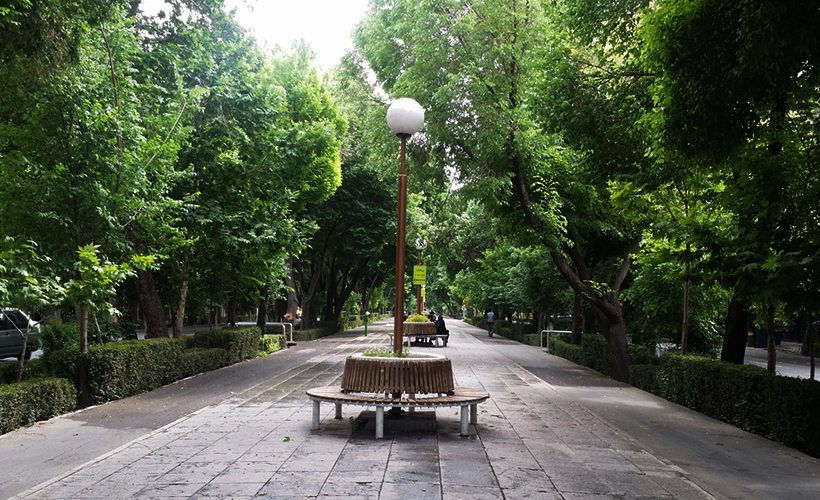
Myth: The desert makes up two-thirds of the country, and the hottest place on earth is the Dasht-e-Loot desert. Therefore, Iran is ALL desert!
Reality: There are valleys and snow-capped mountains in the northern and western parts of the country, and there is no shortage of interesting sights to see within the major cities. You will be inspired, enthralled and amazed by the finest Persian-Islamic architecture and mosaics showcased at the mosques; glittering cut glass and mirror work in Islamic shrines; well-preserved frescoes at Armenian churches; beautiful boulevards brimming with maple trees; bridges with majestic arches and ancient ruins that date back to 500 BC.
Persian food is an absolute delight; rose water is used heavily while saffron is king. Be prepared to pile on the pounds!
Iran is a destination you have to see for yourself. Cast aside your preconceptions and travel in Iran with an open mind, you will find that it is astonishingly beautiful and incredibly interesting.
